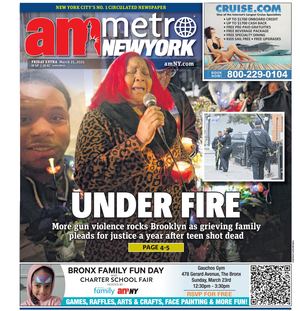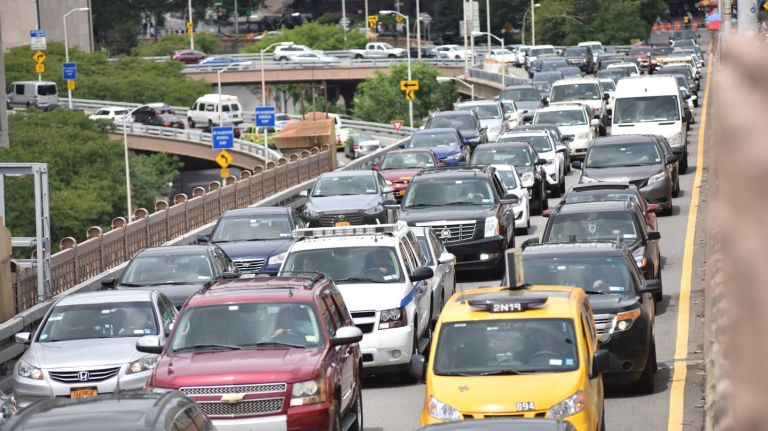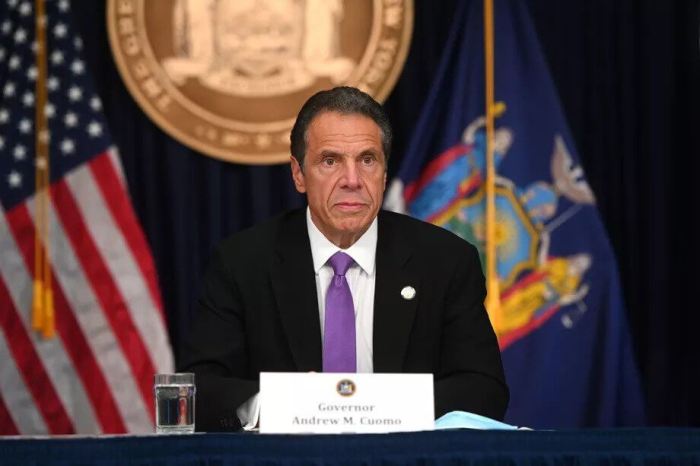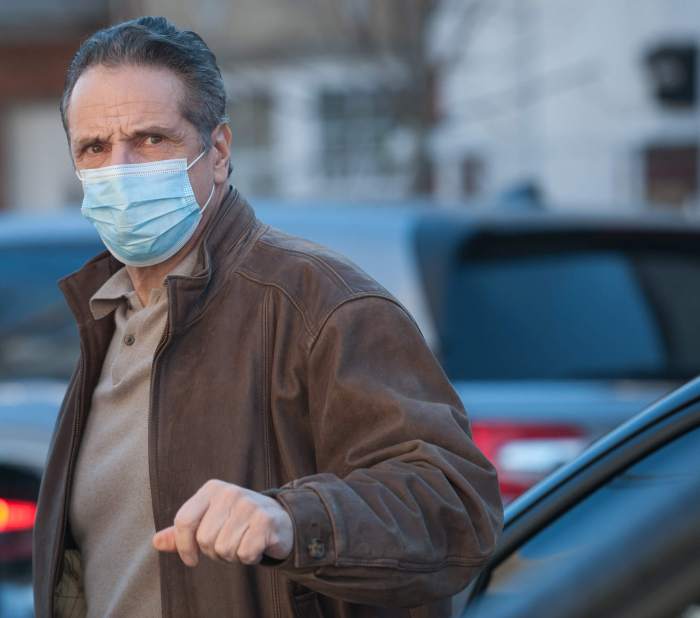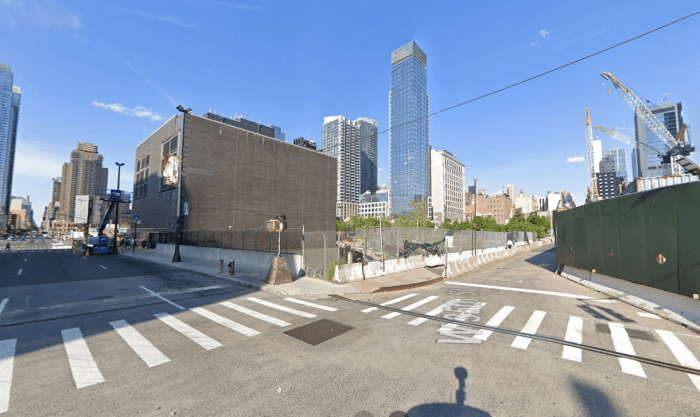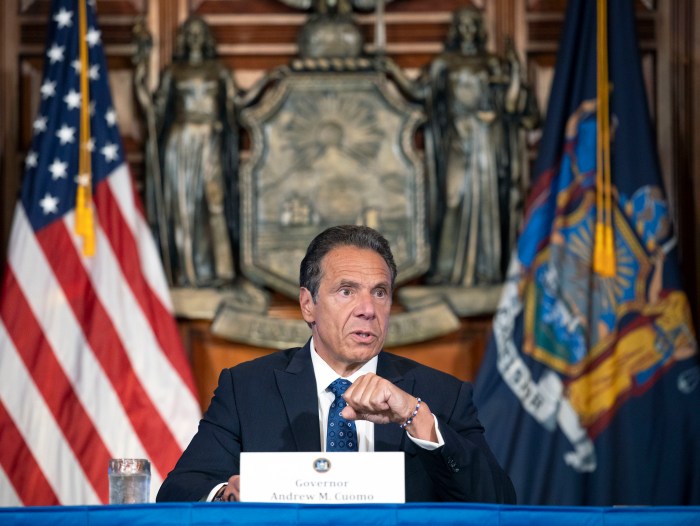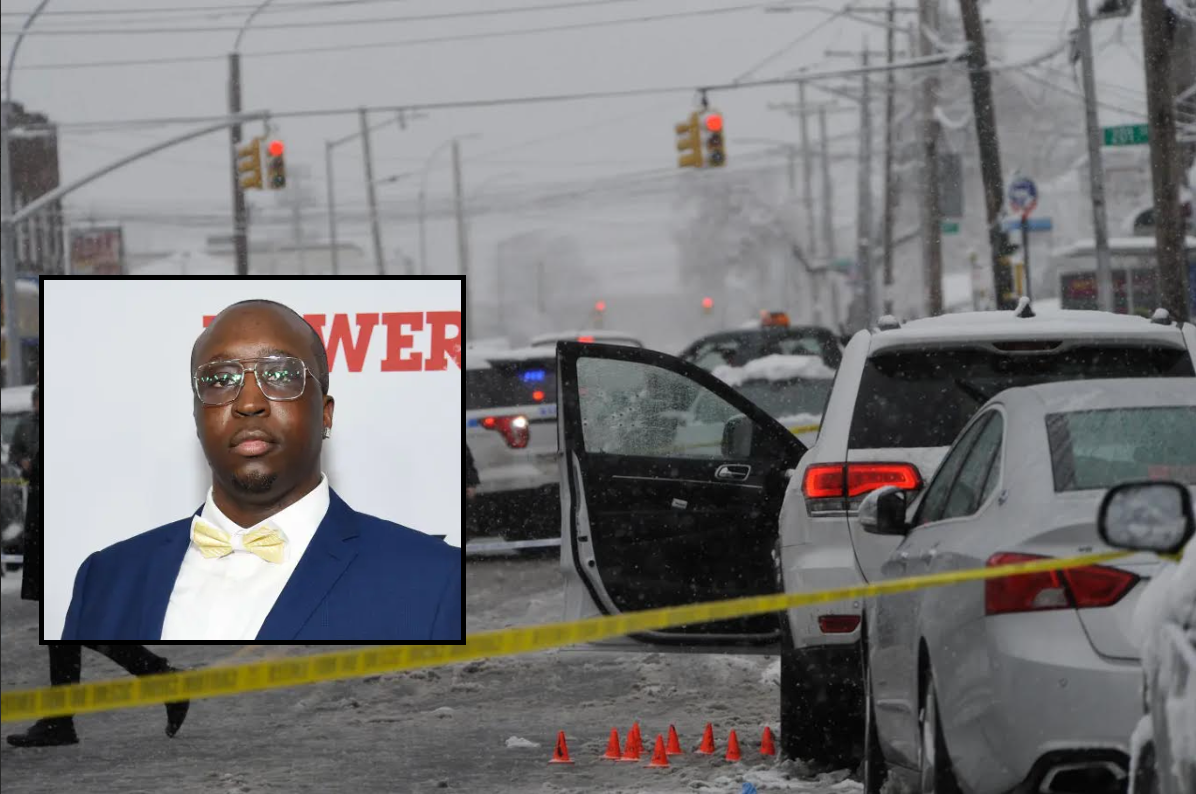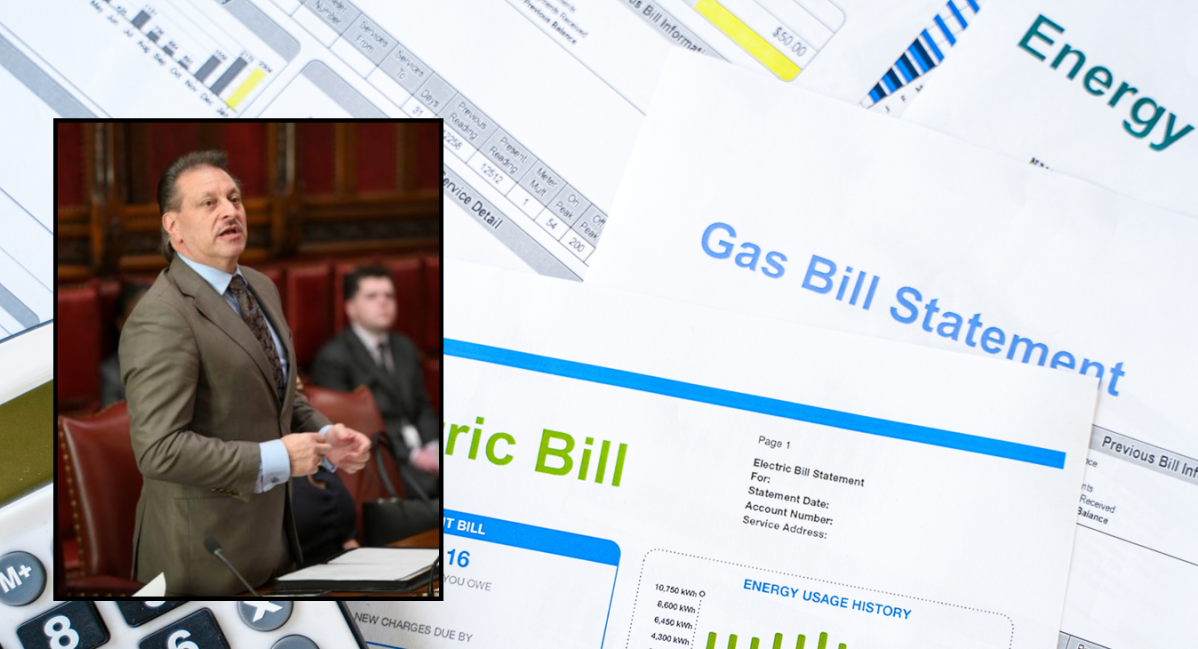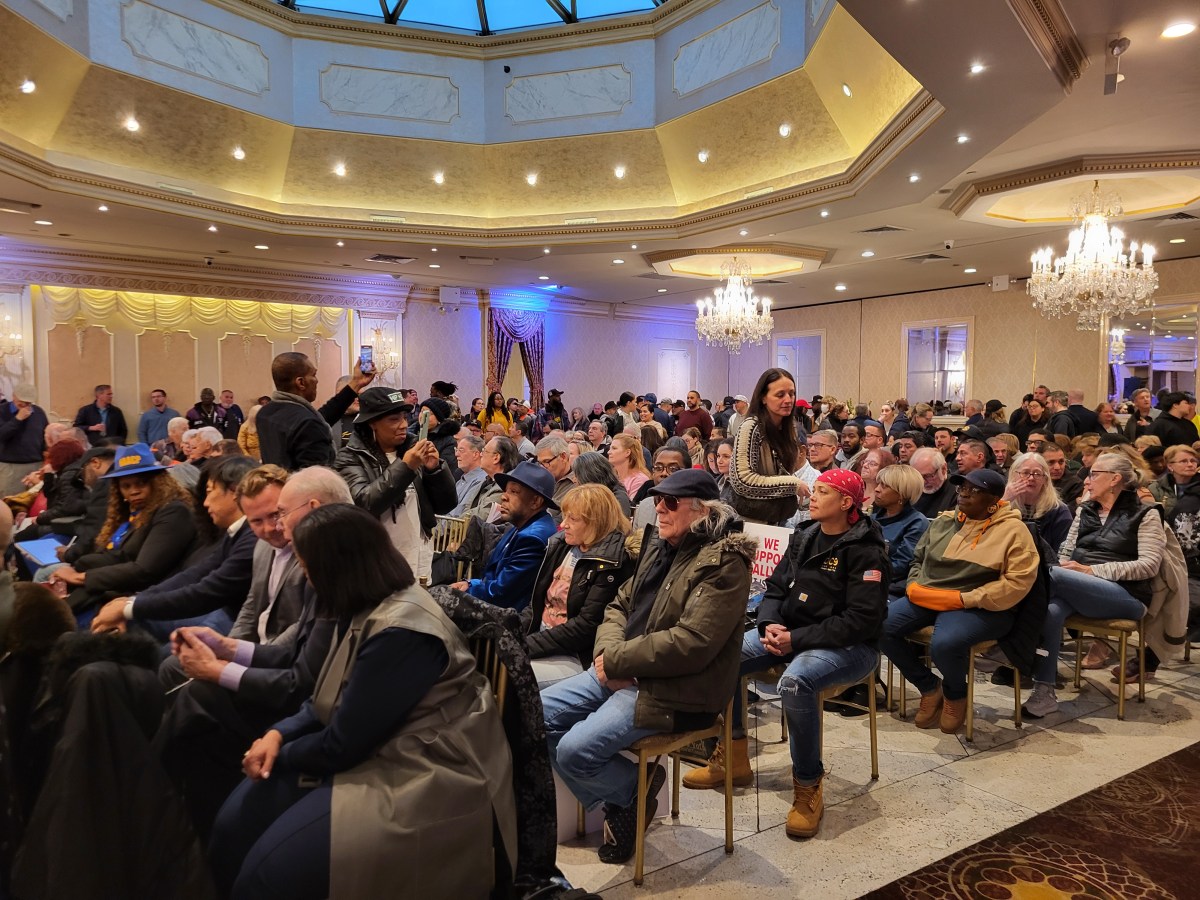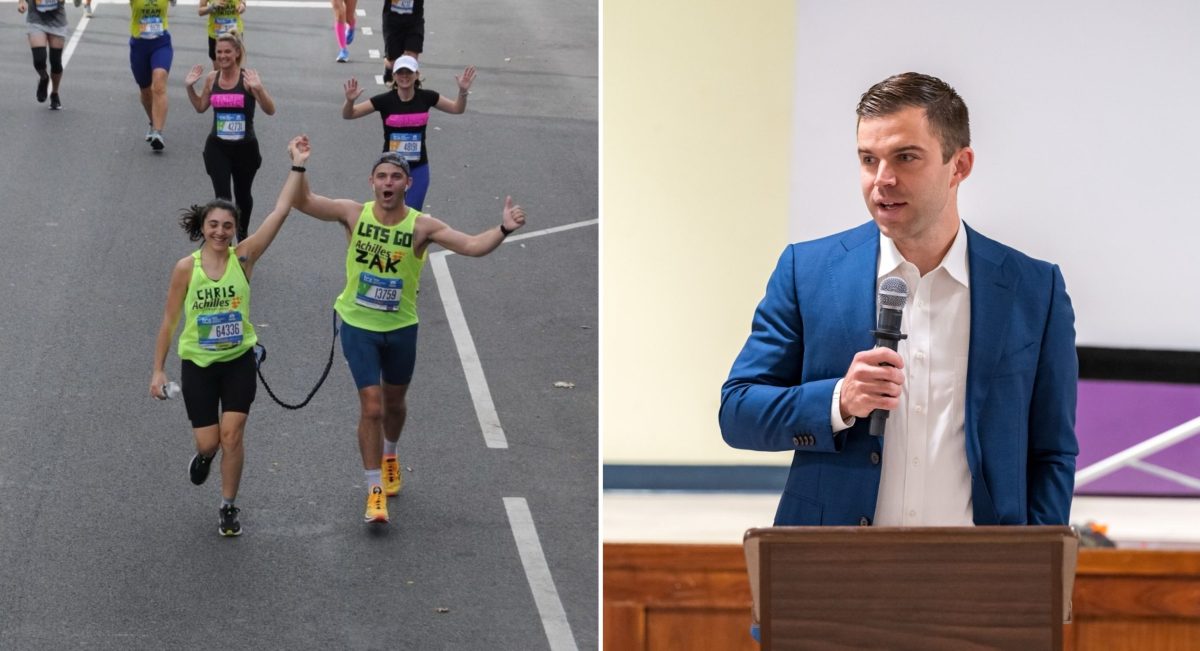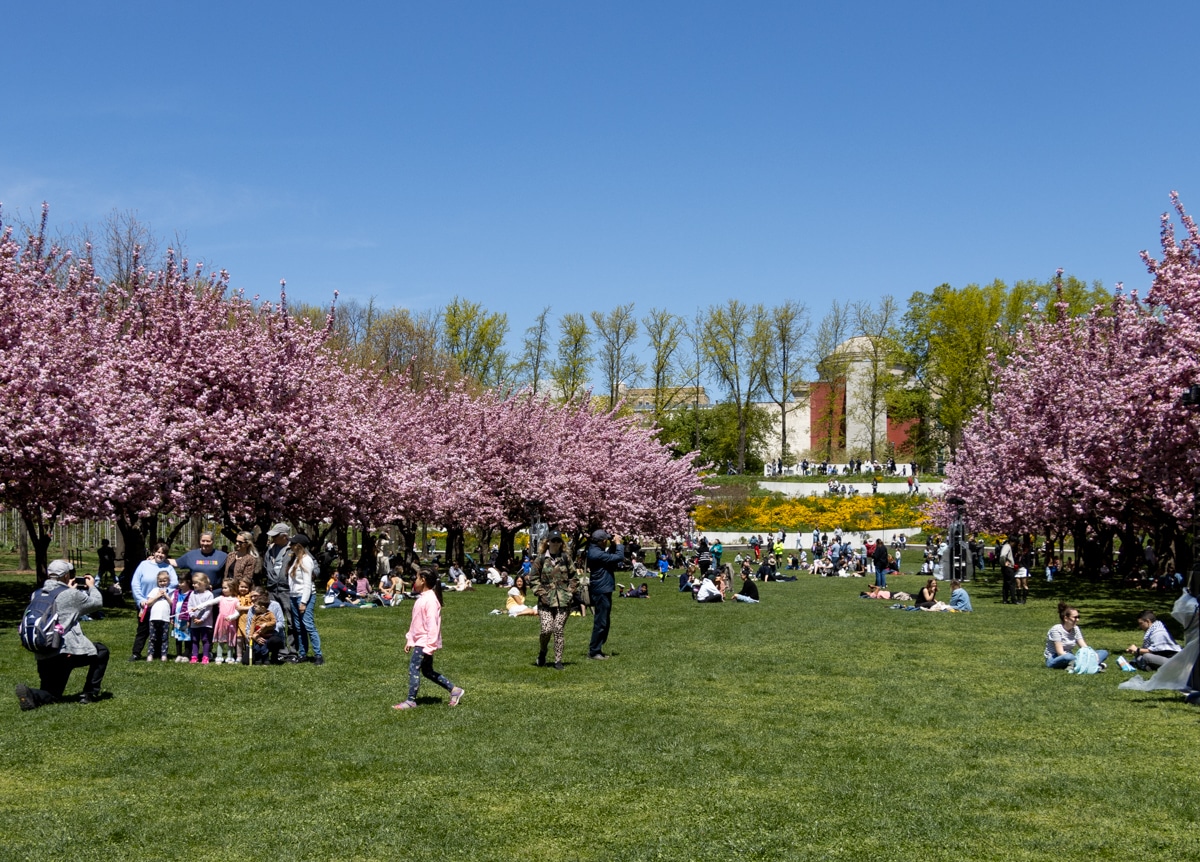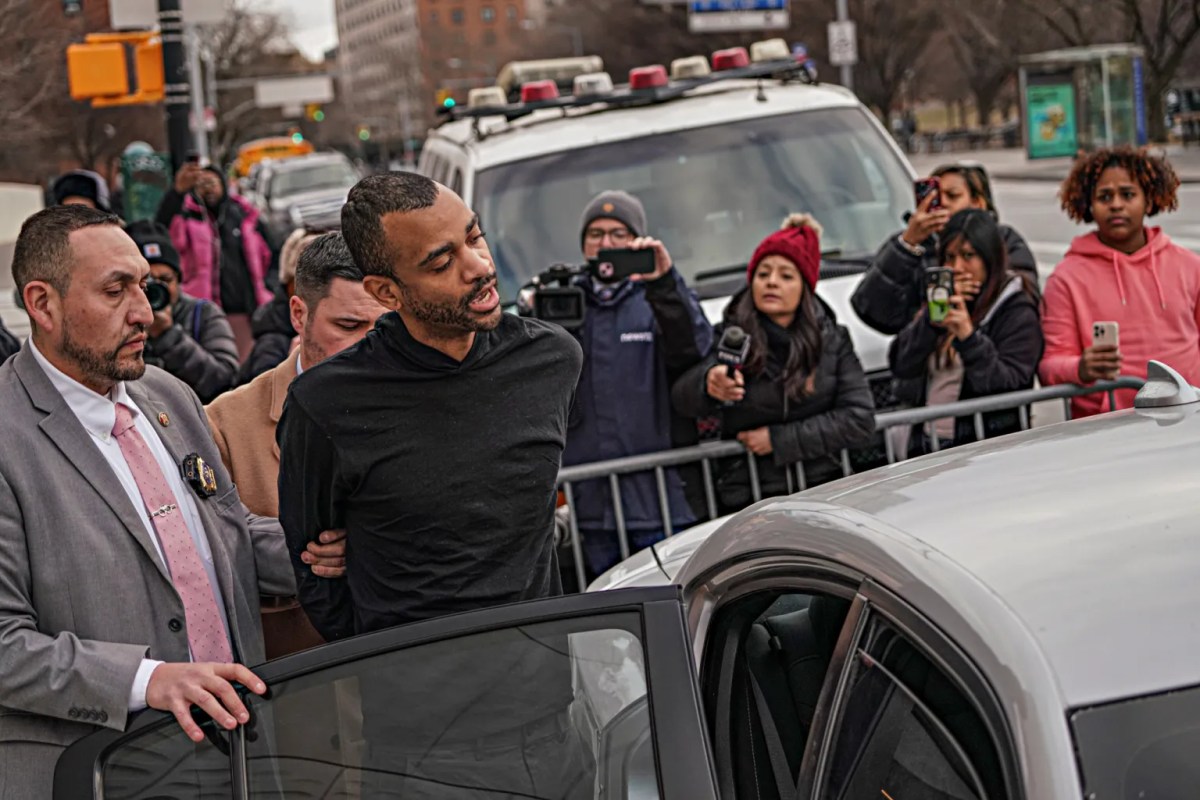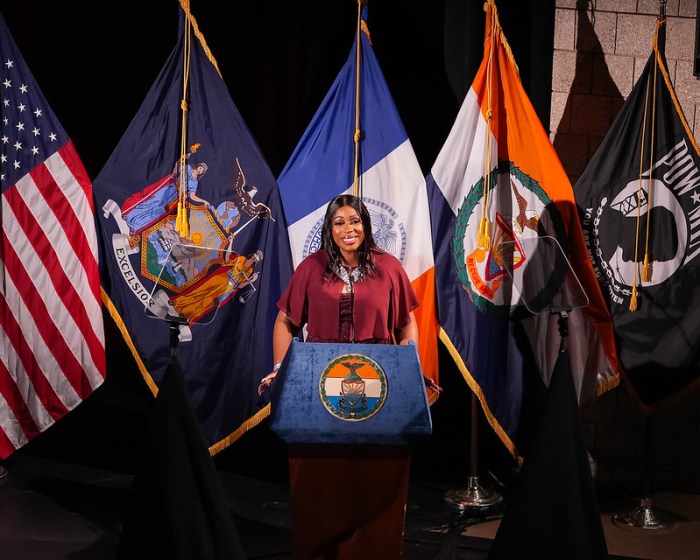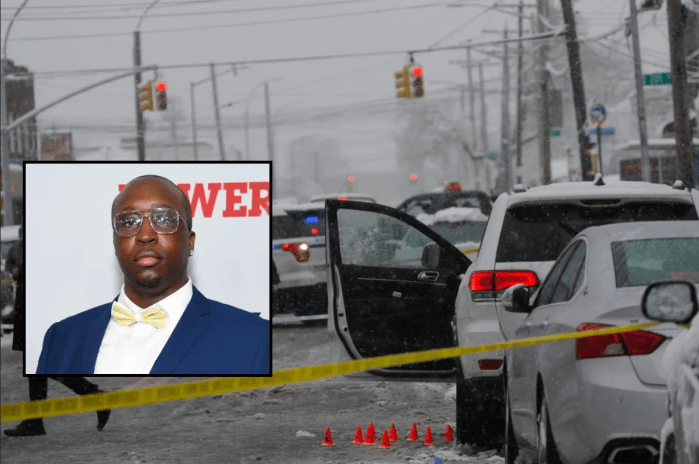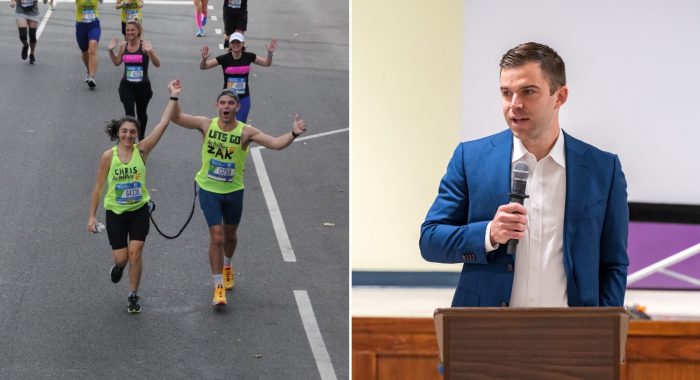A Metropolitan Transportation Authority financial honcho said Wednesday the agency does not need funds from congestion pricing to pay for its current capital upgrades, thanks to other state taxes.
“Right now, we’re fronting the capital program with the sales tax moneys that we have and the mansion tax moneys that we have, so we’re not in a position now to really be needing, absolutely at this time, point in time, the congestion pricing proceeds for the capital program,” said MTA chief financial officer Robert Foran at the agency’s monthly board meeting on June 23.
But the MTA will still want the billions of dollars promised by the program from charging drivers entering Manhattan below 60th Street, the transit fiscal guru said. Those funds would pay for improvements like elevators and new signaling systems to run more trains as part of its current $51.5 billion capital plan.
“We’ve got an ambitious capital program,” he said. “We’ve got contracts lined up, so we look forward to having those dollars available to commit against so that we can move the capital program forward.”
Congestion pricing, officially dubbed Central Business District Tolling, was approved in the state Legislature in 2019, but stalled for two years during the Trump administration. President Biden’s cabinet allowed it to move ahead for an environmental assessment in March.
MTA is currently working with the feds and the city and state departments of transportation to work out the details on how to conduct the review of the measure’s impact, which will involve public meetings with residents in New York and affected commuter belts in New Jersey and Connecticut.
The change promises to give the MTA $1 billion annually in tolling revenues and would generate $15 billion in new debt financing the Authority can use to fund its 2020-2024 capital plan.
The agency still needs those $15 billion — almost 30% of the capital plan — and outgoing MTA chairman and chief executive officer Pat Foye reiterated Wednesday his desire to see the tolling in effect as soon as possible.
“We have 15 billion reasons to have congestion pricing absolutely as quickly as we can,” Foye told reporters after the board meeting.
The MTA has also received roughly $14.5 billion from the federal government since beginning of the COVID-19 outbreak in March 2020 to make up for the drop in ridership, which is almost back to half its pre-pandemic figures with 2.57 million riders last Friday.
In addition to providing funding to the agency, congestion pricing has shown to reduce traffic, improve air quality with less pollution, and free up roads for public transportation.
One transit advocate called on Governor Andrew Cuomo to push ahead with the proposal.
“To avert chaos on our roads and rails, the governor must put frequent and reliable public transit service first. New York’s future hinges on running more buses and trains and on the rapid, robust implementation of congestion pricing to fix the subway,” said Danny Pearlstein of Riders Alliance.
A spokesman for the governor shot back, saying the proposal is only now starting to move ahead after years of roadblocks by the former president.
“As anyone who calls themselves a transit advocate should know, after the Governor fought for and got congestion pricing passed through the legislature it was held up by the Trump administration and the approval process only began to move under the new one. Let’s not try to rewrite history here,” said Rich Azzopardi in a statement.
